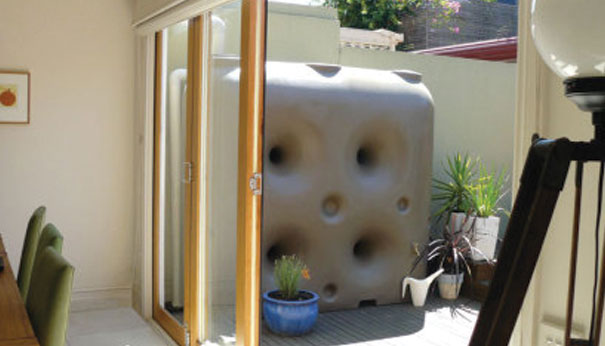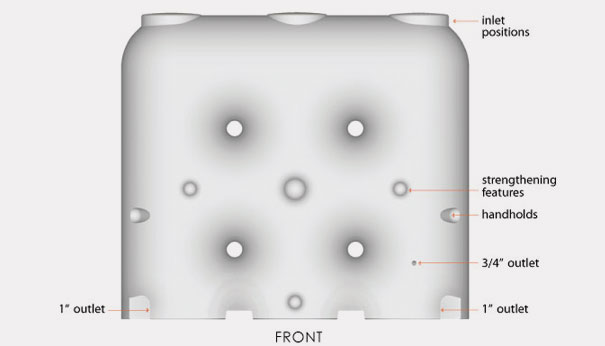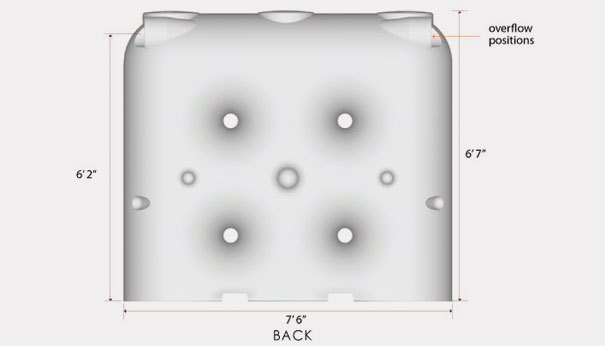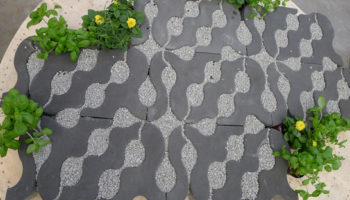The Fatboy Water Tank by Waterwall
Those who happen to be unschooled in the recent technological innovations regarding water-catchment systems might be a bit taken aback if they happened upon one of Waterwall’s Fat Boy 650 gallon tanks. And that’s not because there’s anything particularly unprecedented about a seven-foot high backyard contraption made of high-density polyethylene (at least not where my neighbors are concerned), but rather because these particular fatboys have an uncanny resemblance to an over-sized block of Swiss cheese.
The Fatboy. Designed by Waterwall.
But there’s a method to this madness: Waterwall’s exterior contours make the slim 2′ 4″ tank width possible, since they create an internally-supportive structure that prevents buckling and warping when full. The innovation is nothing to shake a stick at (or a divining rod), since it allows a relatively narrow profile that makes home installations possible. The Fat Boy can by tucked under eaves, spread out along side yards, even strategically placed as a privacy screen or garden divider, all in the familiar environs of your diminutive homestead. The tanks are made with the sometimes maddening demands of water storage in mind: the polyethylene is UV treated, so no light enters, the water temp. stays constant, and algae growth is completely inhibited; they’re light when empty, weighing a mere 220 pounds; and they feature multiple options for tap, inlet, and oveflow outlet locations, so as to comform with the demands of your yard space. What’s more, installation is a breeze, as the boys from Waterwall demonstrate in this instructional video.




Scuttlebutt has it that Waterwall owes its genesis to an “aha” moment in Australia: co-founder Mitch O’Sullivan had two pressing requirements, rainwater catchment in close proximity to his garden and a fence to keep out the wallabies. One year and a half later Waterwall was born, wallabies were flummoxed, and—one imagines—O’Sullivan’s garden flourished. But even if you don’t require an expansive network of connecting tanks, you can still practice a bit of water conservation and feel good about reducing your environmental footprint, especially if you live in the perpetually-thirsty West. Waterwall is now available in the U.S. through a wide-distribution network, so no matter where you are, you can stop watching that rain run off your roof and start collecting it.




Leave a Reply